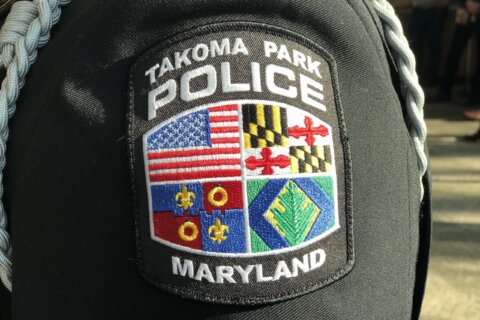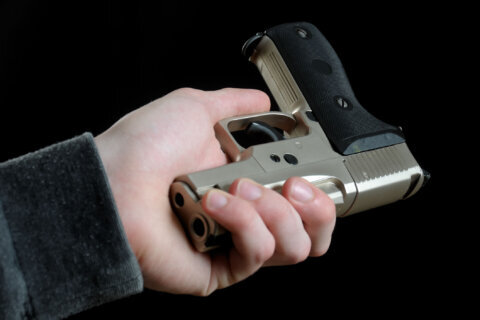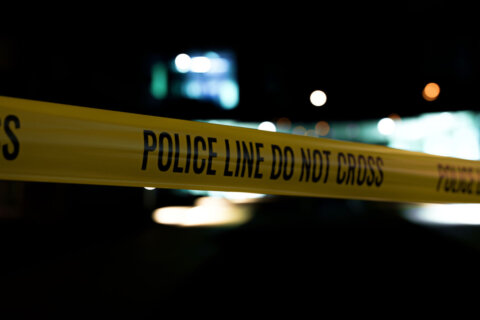WASHINGTON — Police in Montgomery County say wearing body cameras has provided more benefits than challenges.
Officers have worn the new equipment since the summer. In a briefing with the County Council’s Public Safety Committee, Capt. Paul Liquorie said the cameras tend to de-escalate situations, even when local residents record police activity.
“Everyone’s on their best behavior,” Liquorie told the committee. “It’s not a one-sided proposition anymore.”
However, public reaction is mixed. Some leave investigation scenes when told they’re being recorded. Others hesitate and some are “intrigued” by the cameras. On crash scenes, in particular, cameras provide detailed looks at how cars are positioned in roadways. They also come in handy when collecting evidence in a hurry.
Camera footage illustrates what officers confront in the field. “It captures the full range of behavior,” Liquorie said. At one point, Liquorie told councilman Sidney Katz that officers are to keep their cameras running until situations end, or until a supervisor tells them to turn the cameras off.
The cameras aren’t foolproof, though. When a police officer raises his or her hands, or is in a crowded area, the recorded images might show nothing but hands or bodies blocking what the officer actually sees.
Noise can also be a problem. Footage of a disorderly conduct call at a bar was complicated by the club’s loud music and shouts from patrons. The officer’s two-way radios can bleed over the recording’s audio, complicating matters when police recount what they told people on a given scene.
Montgomery County Police have set up guidelines designed to protect privacy, similar to what a state panel has stated: in cases of sexual assault or domestic violence, victims may not want to be recorded, and they are given that option.
Assistant Police Chief Luther Reynolds said there are some officers who want to wait before wearing the cameras, but he doesn’t think anyone’s resisting or being uncooperative.
And while most communities have good relations with law enforcement, there’s still plenty of work to be done.
“A lot of the communities that need us the most trust us the least,” Reynolds said.
Some numbers, according to county police on Monday:
- 76 police officers and managers use 152 cameras.
- That’s 2 cameras for every participating officer. (Police say that led to a sort of two-for-one pricing)
- Currently one camera stays in use, one stays charged and they are swapped out as needed.
- 4,773 recorded incidents are on file over 3 months
- 650 gigabytes of cloud-based storage has been used so far
- Cost of full rollout will spread over 2 fiscal years
- 900 cameras will be deployed when the program moves from a pilot to a permanent program
WTOP’s Kate Ryan contributed to this report.







